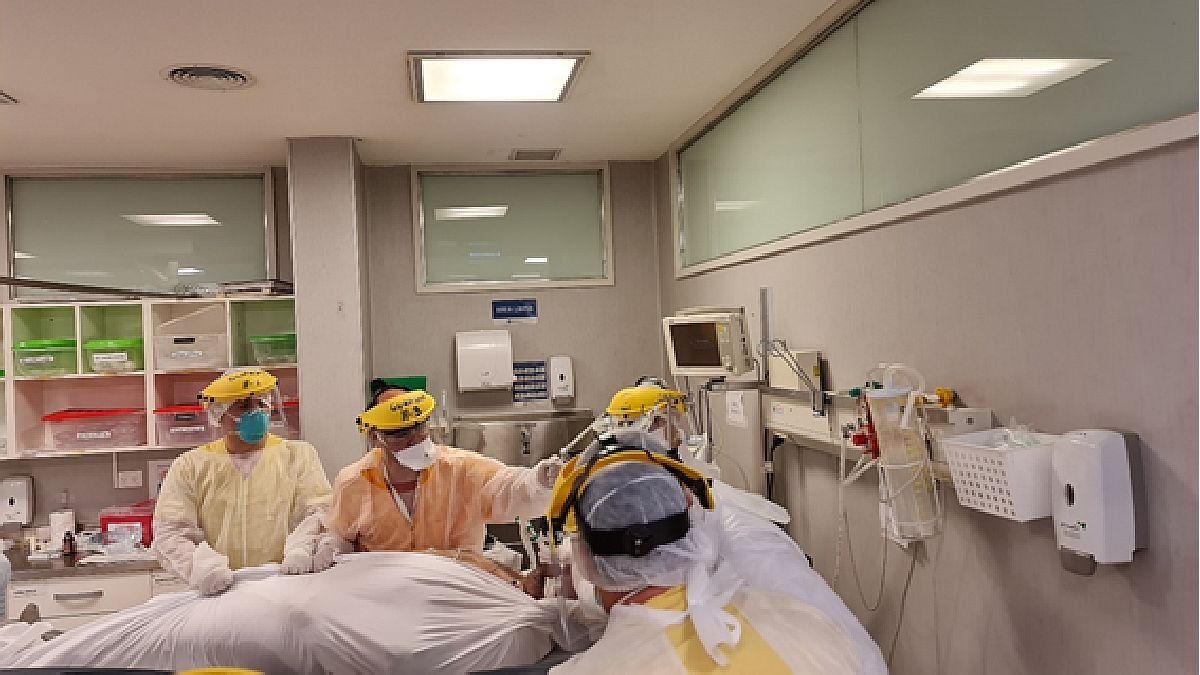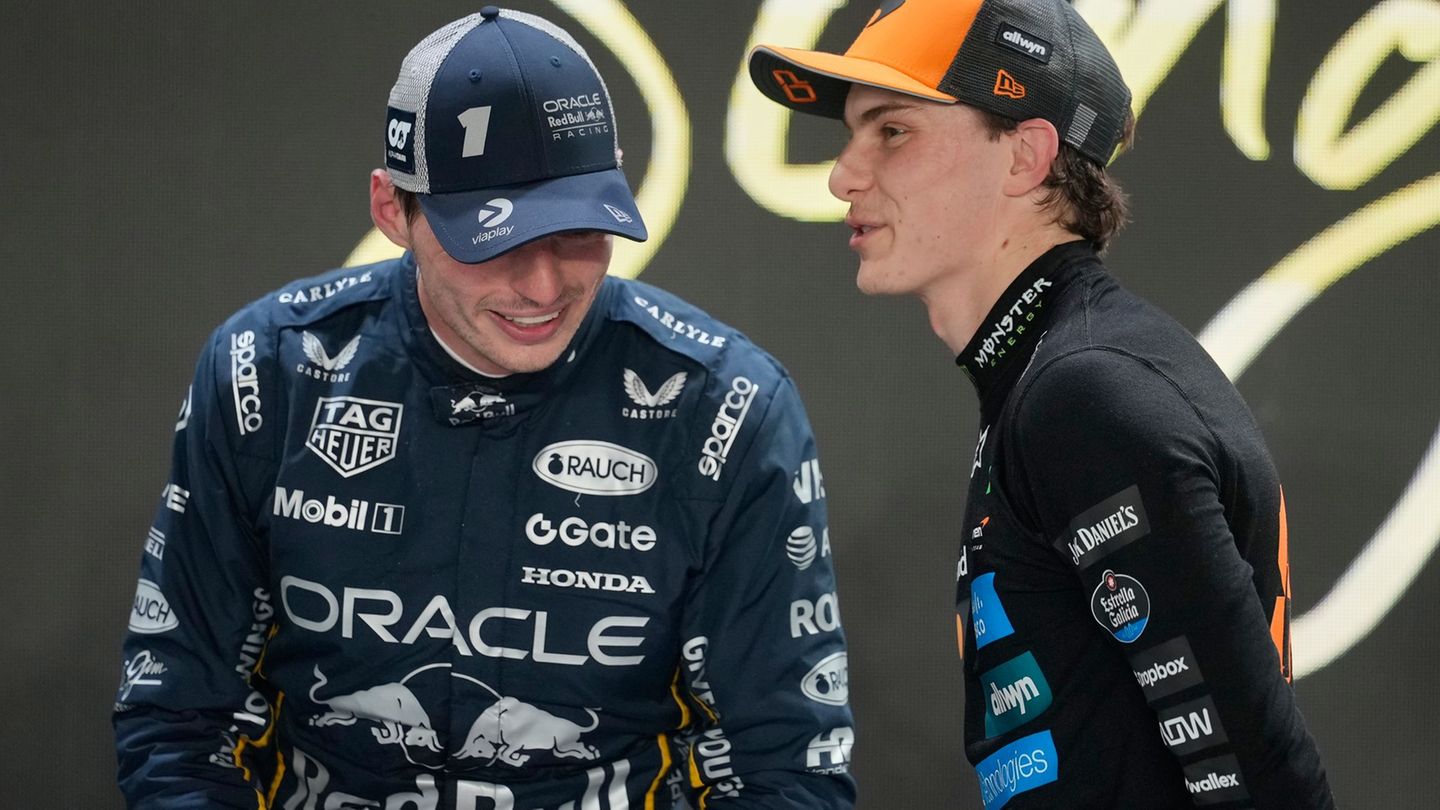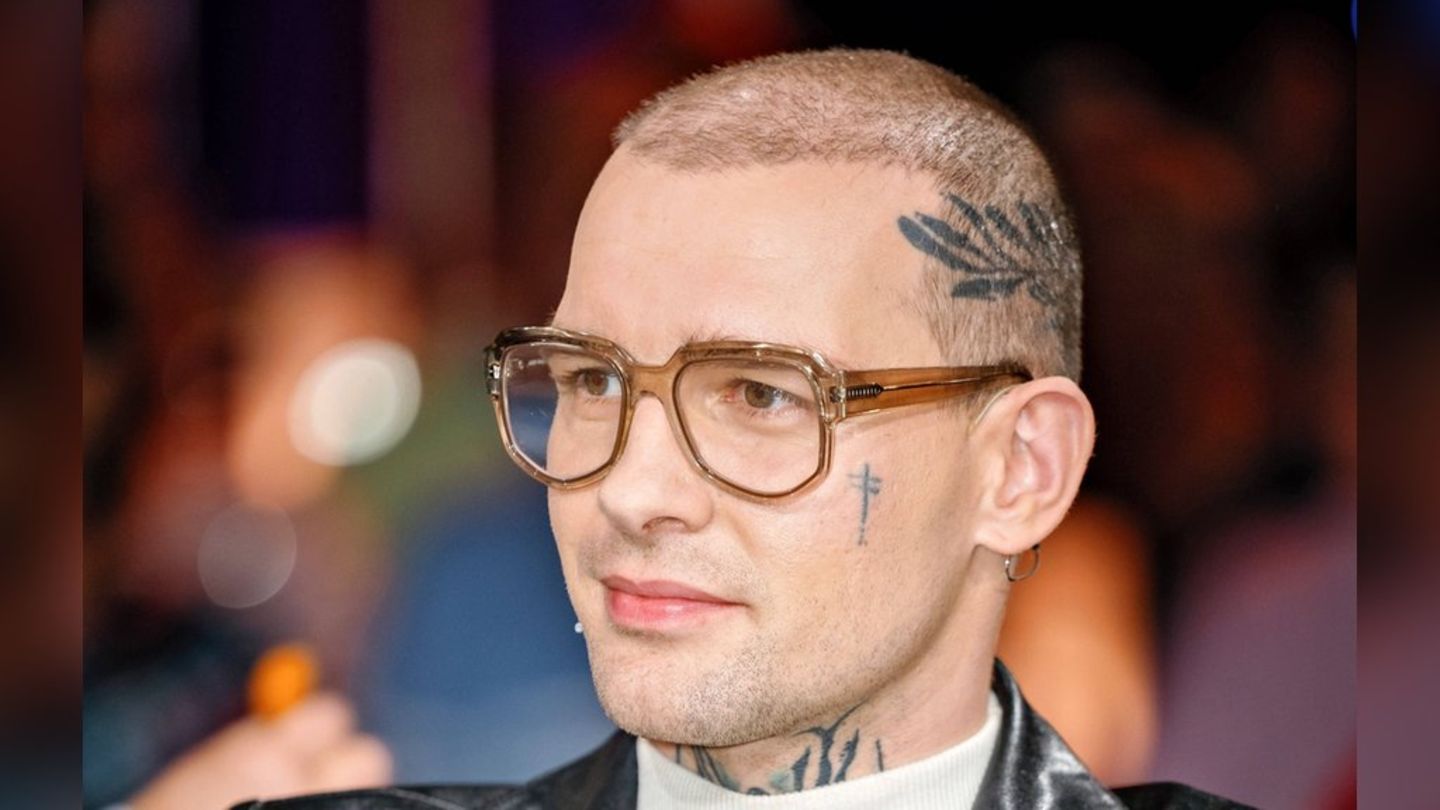The following months are an (un)known story for everyone except those of us who live it on the front line or their families. The demand was limitless. 4 or 5 patients were intubated per day… on a good day. There were no more beds available. Emergency rooms had become critical care rooms. The number of patients on MRA outnumbered those who ventilated spontaneously. All was worth to prevent even one person from progressing to mechanical ventilation. The first wave had taught us a lot about how to treat patients.
The ambulances arrived nonstop, the cell phone exploded asking for a place “55% saturated and I’m going to have to intubate her at home”… It was several messages a day like that with a little more and sometimes a little less in the saturation values. There was always room for one more. Better in the hallway of my emergency room than in bed at home.
covid deaths.jpg
In some places the line of ambulances was several meters long. They worked together with the hospital teams, taking care of their patients in the same emergency mobile until it was possible to locate the patient inside the hospital.
The work in the intensive care rooms was on a warm bed, so many patients were intubated and also extubated in the emergency rooms after completing their MRA days and improving. Lots of video calls. Now he goes to sleep and when he wakes up everything will be better became my header phrase and that of many. We even suggested pleasant dreams to reduce intubation anxiety, a strategy that has some basis in the literature… sometimes I think that generating that atmosphere of pleasant dreams it was also positive for the team that was in the difficult task of effectively linking a critically ill patient to mechanical ventilation.
There were days when we no longer knew where to get ventilators, everything that could be bought and rented was already in use, even pediatric intensive care units were filled with adult patients on MRA. Even so, no one who needed advanced care was ever left without them.
There were also patients who were not sick with COVID but the Pandemic had clearly done them a lot of damage. I remember a patient with a fever who, after several consultations and multiple negative swabs, found a heart valve rupture due to endocarditis, an event that, Although described in books, with advances in diagnosis and therapy it is becoming less frequent. Many others, such as stroke patients, suffered a huge delay in consultation, diagnosis and treatment. Patients were afraid to consult and the system no longer had room.
Like everything, the situation began to improve. The worst was over, I remember when we celebrated the first day without MRA patients in the emergency room. But overcoming it was the merit of all those health, security, cleaning professionals, hospital teams, police officers and all those who during those days gave themselves wholeheartedly to help others. Today, when we find ourselves in another phase of the pandemic and with the conviction that we will probably never experience events as critical as the ones we experienced, We are left with a generation of health professionals marked by the pain of COVID and a health system that, unfortunately, does not seem to have learned from the experience.
Many professionals in critical areas such as emergencies and intensive care have abandoned the specialty, a situation that had been seen before the pandemic but that now sets off all the alarms. The care systems have not capitalized on what they have experienced and desperately seek to return to places where we thought we would no longer travel; Little by little, respiratory and non-respiratory patients coexist in the same space in the guards, the UFU of CABA are being withdrawn, and with training and management they could have been refunctionalized to support the hospital guards.
Right nownon-COVID respiratory diseases are hitting hard, especially pediatrics, and instead of reinforcing what we have been doing well, we turn our backs on the pandemic, we leave the chinstrap even in closed spaces and we normalize the lines of hours in the different guards hospitable, sometimes with a resigned… You can’t get professionals to put reinforcements but we don’t go deeper into the reasons that leave us where we are today and what happened to these professionals in recent times.
Covid-19 Therapy Hospital Doctors.jpg

Illustrating this article are some images from last year taken from my team at the Anchorena Sanatorium in CABA. In them I want to pay homage to all the health professionals and teams who did incredible things, so that others may live… and perhaps whoever is reading these lines and has gone through some of what is stunned here as a patient recognizes in these faces who cared for him, comforted him , accompanied and cured in the most difficult moment.
Dedicated to my generation of health professionals, COVID veterans.
Emergency Physician. Head of Emergency Hospital San Juan de Dios (Ramos Mejía). Medical Coordinator ACUDIR Medical Emergencies.
Source: Ambito




